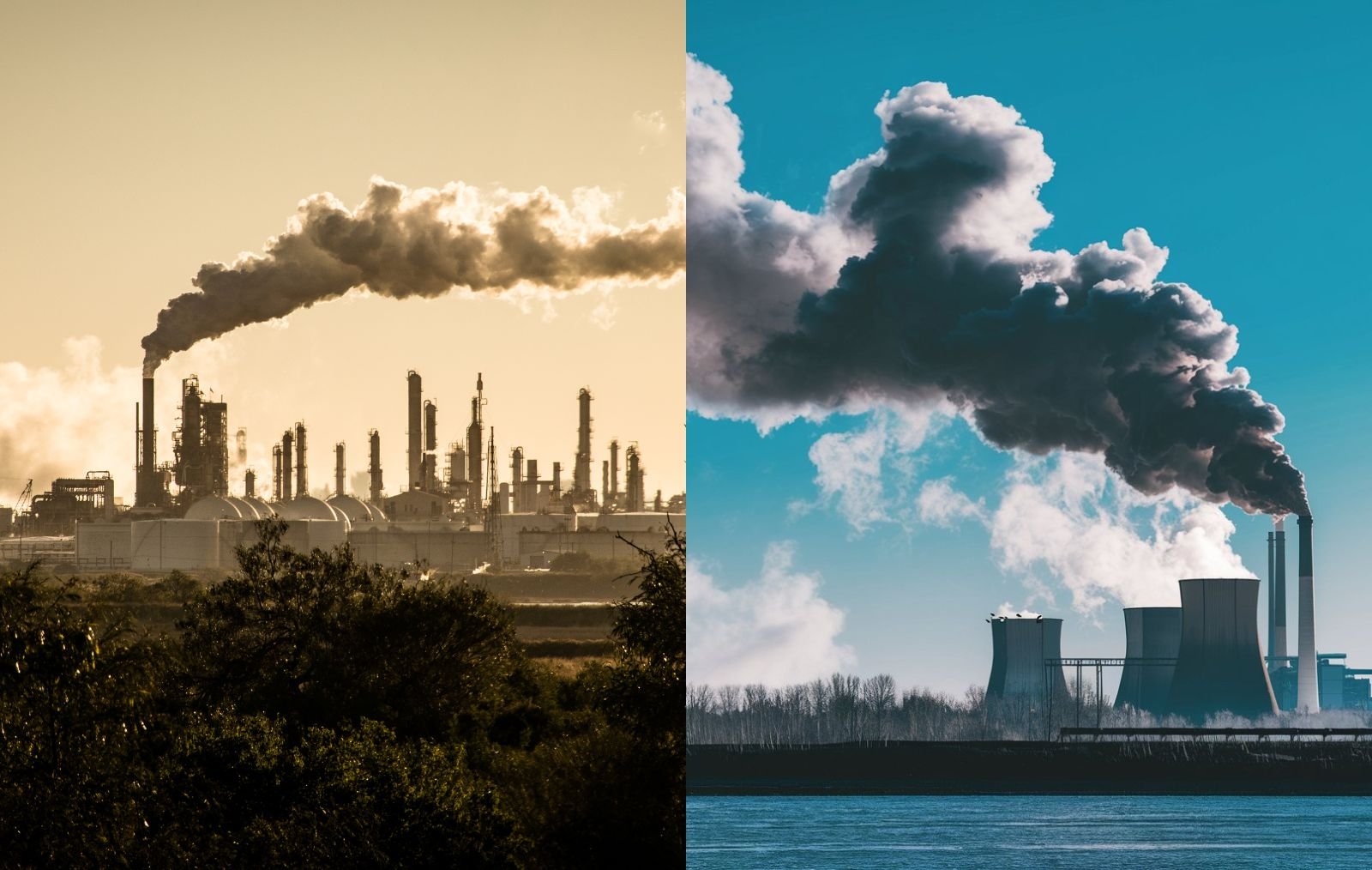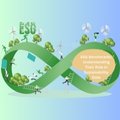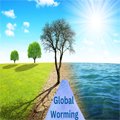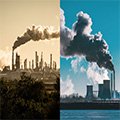
Causes of Climate Change: Understanding the Crisis and Its Impact
One of the significant contemporary threats facing ecosystems, economies, and communities in general are climate changes. This process mainly occurs through human practice and has drastic environmental consequences and social ones. To develop a probable solution, understanding the major causes of climate change and its consequences is required. This article keeps in view several causes for climate changes that may reflect environmental as well as negative impacts. Such wide-ranging implications from global warming are seen.
1. What is Climate Change ?
Climate change refers to those variations in temperature, precipitation, and other conditions in the atmosphere that occur over a long period. As a result of human activities, human-induced climate change increases the amount of greenhouse gases in the atmosphere, thereby causing global warming. Global warming has disrupted weather patterns and ecosystems worldwide. Though some degree of climate variability is pretty normal, the current speed and scale of climate change are largely caused by human activity - industrialization and deforestation.
2. Precise Causes of Climate Change
There are several things that cause global warming but human activities account for its major causes.
A. Carbon Dioxide Emission
This is a major cause of Greenhouse gasses like carbon dioxide (CO₂), Methane (CH₄), and Nitrous oxide N₂O absorbs heat of the atmosphere which produces the "Greenhouse effect". Human usage of fossil fuel, the agricultural sector and industrial operation have increased GHG remarkably.
The largest emitter of carbon dioxide is from the combustion of fossil fuel, such as coal, oil, and natural gas, in a process meant to supply all forms of energy and mode of transport. In that regard, deforestation deteriorates the scenario as it makes less space available for Earth's absorption of CO₂.
Methane (CH₄): Among the largest emitters of methane are agriculture, specifically livestock farming; landfills; and extraction of fossil fuels. Methane has a shorter atmospheric lifetime than CO₂ but is much stronger at trapping heat.
Nitrous Oxide (N₂O): Nitrous oxide is another potent greenhouse gas that originates from nitrogen-based fertilizers applied in agriculture, industrial processes, and burning of fossil fuels.
B. Deforestation and Land Use Change
Forests are crucial for keeping carbon dioxide in the system; however, large-scale clearing, mainly through agriculture, urbanization, and logging reduces this capacity. Changing land use often means shifting forest to agricultural lands or city areas, reducing absorption of carbon and increasing those through soil degradation and fossil fuel utilization.
C. Industrialization and Energy Production
The Industrial Revolution represented a period of fast development of the economy and relied on coal, oil, and natural gas as main energy sources. Global fossil fuel use for electric energy, heating, and other fossil fuel transportation led to enormous climate change impacts.
D. Agriculture and Livestock Farming
Livestock farming is contributing to climate change in very many ways. First of all, animals emit methane when they digest. Highly industrialized agriculture uses fertilizers, which produce nitrous oxide. Lastly, making natural landscapes into cultivated land leads to habitat disruption and carbon emission.
Waste Management: The process of landfill waste management is not proper, and it creates methane in the atmosphere. Industrial processes also generate lots of wastes, and emissions of such wastes due to GHGs can cause pollution in the environment if those wastes are disposed of or treated improperly.
3. Impact of Climate Change on Environment
A. Rising Temperature
The most apparent effect of global warming is the increase in the global temperature. The average surface temperature of Earth has risen by about 1.18°C (2.12°F) over the late 19th century, with much of the increase in recent decades, as noted by NASA. This warming is responsible for melting polar ice caps and increasing heat waves.
B. Melting Polar Ice and Glaciers
Global warming melts ice sheets and glaciers; notably, in the Arctic and Antarctic regions. This could cause sea level rise, threatening coastal communities and ultimately ruining habitats for species that can only live in cold environments.
C. Sea Level Rise
The melting ice and thermal expansion of warmer seawater is responsible for the increased levels of the sea. Growing sea levels pose a risk to low-lying areas along the coast since this will increase frequent flooding and scouring and saltwater intrusion that negatively impacts the farmlands and fresh waters.
D. Ocean Acidification
Ocean absorbs more CO₂. The effect of this process is acidification. Acidic waters damage coral reefs, disrupt marine food chains, and threaten fish species that are crucial for human consumption and the livelihoods of coastal communities.
E. Extreme Weather Events
Climate change has an ever-increasing effect on extreme events like hurricanes, droughts, floods, and wildfires, causing large-scale damage to property, the loss of human lives, and poverty and unemployment.
4. Effects of Climate Change Negatively
Climate change negative impacts do not only pertain to the environment, but it also extends its reach to health, the economy, and society.
1 Health Effects on Mankind
Climate change will increase health risks especially in vulnerable populations. There will be increased risk of heat-related illnesses, respiratory diseases, and vector-borne diseases such as malaria and dengue with increasing temperature. Extreme weather conditions increase the risk of injury or trauma and waterborne disease in flood-affected areas.
2 Economic Losses
The financial impacts of global warming are enormous and also affect the various sectors concerned, including agriculture, infrastructures, and energy, which bring about crop failure, decrease in fish resources, and extreme weather incidents leading to significant financial losses. The cost of constructing infrastructure to withstand extreme conditions creates a heavy burden on government treasuries and slows down economic growth.
3 Food and Water Security
Climate change negatively affects agricultural productivity, resulting in food shortages and increased prices. Shifts in temperature and precipitation patterns have influenced crop yields and freshwater resources, thereby stressing food and water security, particularly among developing countries.
4 Impact on Biodiversity
High temperatures and changes of habitats cause much stress among wildlife. Several species may not cope with rapid changes, resulting in declines or possibly extinction. Biodiversity loss affects the ecosystem. The result is that a system may not have strength and resilience. Furthermore, the capacity of ecosystems for services needed for human survival reduces.
5. Global warming: An Essential Catalyst to Climate Change
Global warming, or the gradual increase in Earth's surface temperature, is directly caused by greenhouse gas emissions. This warming causes most of the adverse impacts related to climate change, such as extreme weather and environmental degradation. Global warming is a complex process with long-lasting impacts, often disproportionate to the amount of warming. Even small increases in temperature can have exponential effects on the environment.
6. Causes and Effects of Global Warming: Conclusion
Climate change could not be brought down so easily unless there were proper descriptions of both the cause and its effects of Global warming
Causes : Human activities primarily constitute a significant source; incorporate emissions of fossil fuels utilized because of combustion. Through forestry, industrialization processes and waste disposal, all contribute significant shares in producing emissions and thus produce retention heat in the atmosphere because of the burning. These boost global warming.
Effects: Global warming, melting of ice caps, sea level rise, extreme weather, and ocean acidification. All these effects have secondary effects on biodiversity, ecosystems, human health, and the economy.
Mitigation and Adaptation to Climate Change
Although climate change has a great impact, it has measures for mitigation and adaptation.
1. Emission Reduction
Energy intensity is to be reduced through shifting usage away from fossil fuels, saving energy and enhancing efficiency overall. Waste is reduced through reduction, recovery and recycling. Carbon pricing and putting a price on GHGs is to occur through mechanisms such as carbon taxes and some form of cap-andtrade system.
2. Resilience and Restoration
Forests, wetlands, and other natural ecosystems contribute to the uptake of CO₂. Improved conservation, reforestation, responsible land use practices, and management will ensure higher carbon sequestration in order to mitigate climate change.
3. Building Resilience in Communities
Climate change demands resilience building within communities. In simple words, it means planning infrastructures with the ability to withstand the extreme weather condition, creating water management practices, and ensuring food security in areas that are sensitive to climatic changes.
4. Policy and International Cooperation
Global cooperation is a need to tackle climate change. Agreements like the Paris Agreement inspire countries to decrease their emissions. The global climate action is supported by policy measures and financial assistance to developing countries.
Conclusion
Climate change is one of the most widespread phenomena throughout the world, which mainly results from human activities. Its impacts—warming temperatures, extreme weather, and loss of biodiversity are influencing not only the natural settings but also human societies. Actions aimed at mitigating climate change start with the urgent reduction of emissions, conservation of natural habitats, and through international cooperation. Through measures of mitigation and adaptation, humanity can soften the harsh impacts of climate change to ensure a more sustainable future.











